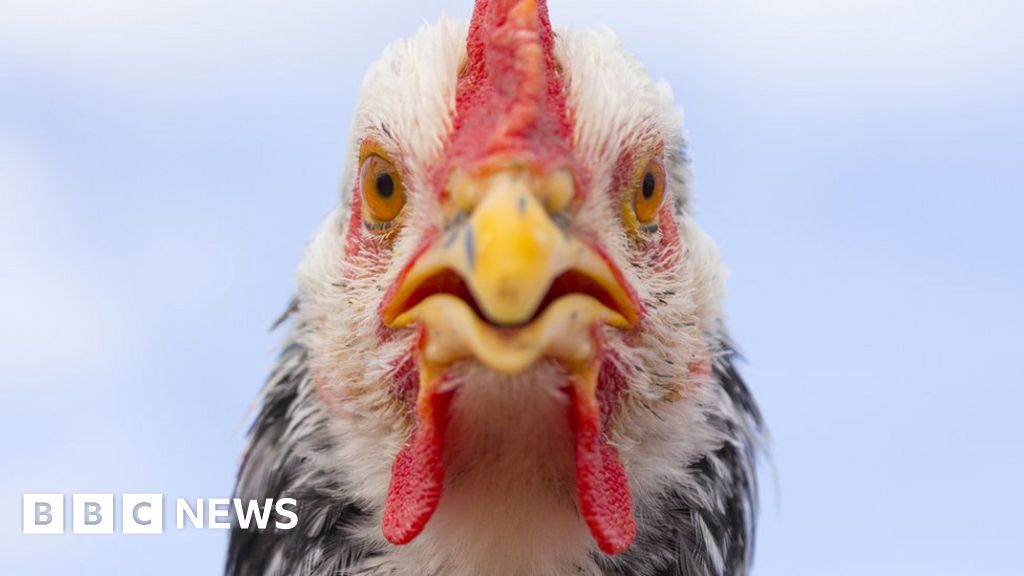H5N1 is now spreading rapidly in dairy cow herds in the US in what the US Centres for Disease Control, CDC, describes as an “ongoing multi-state outbreak”., external
The virus’s jump into cattle astounded scientists, who thought cows weren’t susceptible to it.
It comes amid another unusual development: In early June, a 59-year-old man in Mexico died with another type of bird flu – H5N2 – which had never before been recorded in people. It is unclear how he got it, although there have been cases in some poultry farms in Mexico.
Health bodies such as the World Health Organization and the CDC consider the overall public health risk from bird flu to be low. But scientists say we need to keep a close eye on the spread of the virus.
“This case is one more in a series of developments that collectively could be considered a red flag,” says Professor Sir Peter Horby, director of the Pandemic Sciences Institute at the University of Oxford.
H5N1 has been on scientists’ radar for the past few years, with the virus spreading across all continents. Thousands of outbreaks have been recorded in poultry and wild birds.
There have been outbreaks in animals farmed for their fur, including mink.
In late 2023 in Peru, more than 5,000 sea lions died with the virus, external, which scientists say was caused by the animals’ direct contact with infected wild birds.
The virus has also been detected in foxes, bears, otters, raccoons, cats, dogs, goats and others.
“It’s a virus that’s on the march so we’ve been watching it with concern for that reason,” says Dr Ed Hutchinson, Senior Lecturer, MRC-University of Glasgow Centre for Virus Research.

